The Rise of Smart-Casual: What It Means for Men
The modern workplace has undergone a dramatic transformation over the past decade, and nowhere is this more evident than in the evolution of professional dress codes. The rigid formality that once defined business attire has given way to a more nuanced approach known as smart-casual, fundamentally changing how men approach their daily wardrobe choices. This shift represents more than just relaxed dress standards – it reflects changing attitudes toward work-life balance, personal expression, and the recognition that comfort and professionalism can coexist harmoniously.
Understanding the Smart-Casual Philosophy
Smart-casual represents the perfect marriage between polished professionalism and relaxed comfort, creating a dress code that acknowledges modern lifestyle demands while maintaining appropriate workplace sophistication. Unlike traditional business formal wear, which followed strict rules and limited options, smart-casual embraces flexibility and personal interpretation within established guidelines of taste and appropriateness.
This approach recognizes that today's professionals need versatile wardrobes that transition seamlessly from morning meetings to after-work social events without requiring complete outfit changes. The smart-casual philosophy values quality over formality, encouraging investment in well-made pieces that look refined regardless of their casual nature. Brands like Wessi have responded to this shift by creating collections that bridge the gap between formal business wear and casual comfort, offering pieces that maintain sophisticated aesthetics while embracing relaxed styling.
The Cultural Drivers Behind the Change
Several cultural and economic factors have contributed to smart-casual's rise in prominence. The technology sector's influence on business culture has been particularly significant, as tech companies pioneered dress codes that prioritized comfort and personal expression over traditional formality. As these companies gained prominence and influence, their casual approach to professional dressing spread across industries, challenging long-held assumptions about workplace appropriateness.
Remote work and flexible scheduling have also played crucial roles in reshaping dress expectations. When professionals spend part of their time working from home and part in traditional office settings, rigid dress codes become impractical and outdated. Smart-casual provides the flexibility needed for modern work arrangements while ensuring appropriate presentation during client meetings and professional interactions.
Key Components of Smart-Casual Wardrobes
The foundation of effective smart-casual dressing lies in understanding which pieces work across multiple contexts and how to combine them for various occasions. Blazers remain essential but with updated styling that feels less formal than traditional suit jackets. Unstructured blazers, knit blazers, and sport coats in casual fabrics like cotton or linen provide the sophistication of tailored outerwear without the rigidity of formal suiting.
Trousers expand beyond traditional dress pants to include high-quality chinos, well-fitted jeans in dark washes, and casual wool pants that offer comfort without sacrificing polish. The key lies in selecting pieces with clean lines, proper fit, and quality construction that elevate casual silhouettes to professional standards.
Shirts have perhaps seen the most dramatic evolution in smart-casual environments. While dress shirts remain important, polo shirts, henley tops, and casual button-downs have gained acceptance in professional settings when styled appropriately. The emphasis shifts from starched formality to quality fabrics, proper fit, and thoughtful styling that maintains professional polish.
Footwear Freedom and Boundaries
Smart-casual dress codes have significantly expanded acceptable footwear options, moving beyond traditional dress shoes to include quality sneakers, loafers, desert boots, and other casual styles that maintain sophistication. However, this freedom comes with responsibility – shoes must still be clean, well-maintained, and appropriate for the specific work environment and occasion.
Leather sneakers, quality canvas shoes, and modern interpretations of classic casual styles work well in most smart-casual environments. The key lies in selecting footwear that complements rather than detracts from the overall outfit sophistication. Wessi's approach to smart-casual accessories includes footwear options that bridge formal and casual aesthetics, ensuring appropriate choices for various professional contexts.
Industry and Context Considerations
While smart-casual has gained widespread acceptance, its interpretation varies significantly across industries and specific workplace contexts. Creative industries generally embrace more relaxed interpretations, while financial services and law firms may maintain stricter standards even within smart-casual frameworks. Understanding your specific work environment and client expectations remains crucial for appropriate implementation.
Client-facing roles often require more conservative smart-casual interpretations, emphasizing polished pieces that project professionalism while maintaining the flexibility that modern dress codes provide. Internal meetings and collaborative work environments typically allow for more relaxed styling within smart-casual parameters.
The Psychology of Smart-Casual Confidence
One of smart-casual's most significant benefits lies in its psychological impact on both wearers and their professional interactions. When men feel comfortable in their clothing choices, they project greater confidence and authenticity, leading to more effective communication and stronger professional relationships. The reduced formality barrier can facilitate more open dialogue and collaborative work environments.
However, this freedom also requires greater style awareness and decision-making skills. Without rigid dress code rules to follow, men must develop their own sense of appropriate styling and learn to read various professional contexts effectively. This responsibility can be intimidating but ultimately leads to more thoughtful, personalized professional presentation.
Future Implications and Adaptations
The smart-casual trend shows no signs of reversing, suggesting that flexible, comfort-oriented professional dress will continue evolving and expanding across industries. This shift requires men to develop more nuanced understanding of style principles, color coordination, and occasion-appropriate dressing rather than relying on prescriptive dress code rules.
Conclusion
The rise of smart-casual represents a fundamental shift in how men approach professional dressing, emphasizing personal comfort, authentic expression, and versatile styling over rigid formality. This evolution requires developing refined taste, understanding quality construction, and learning to navigate the balance between professional polish and personal comfort. Success in smart-casual environments comes from investing in quality pieces, understanding fit principles, and developing confidence in personal style choices that reflect both professional competence and individual personality. As workplace culture continues evolving, smart-casual provides the framework for professional presentation that honors both tradition and innovation.
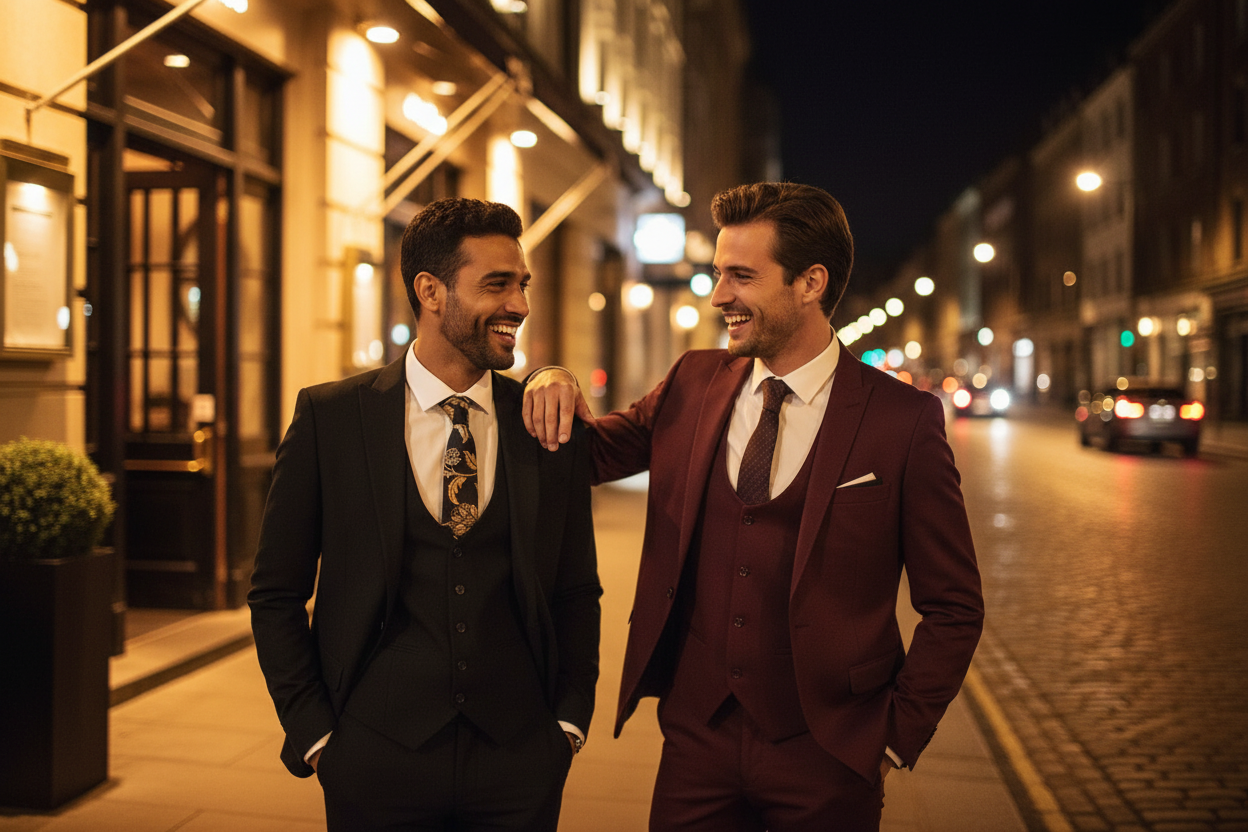

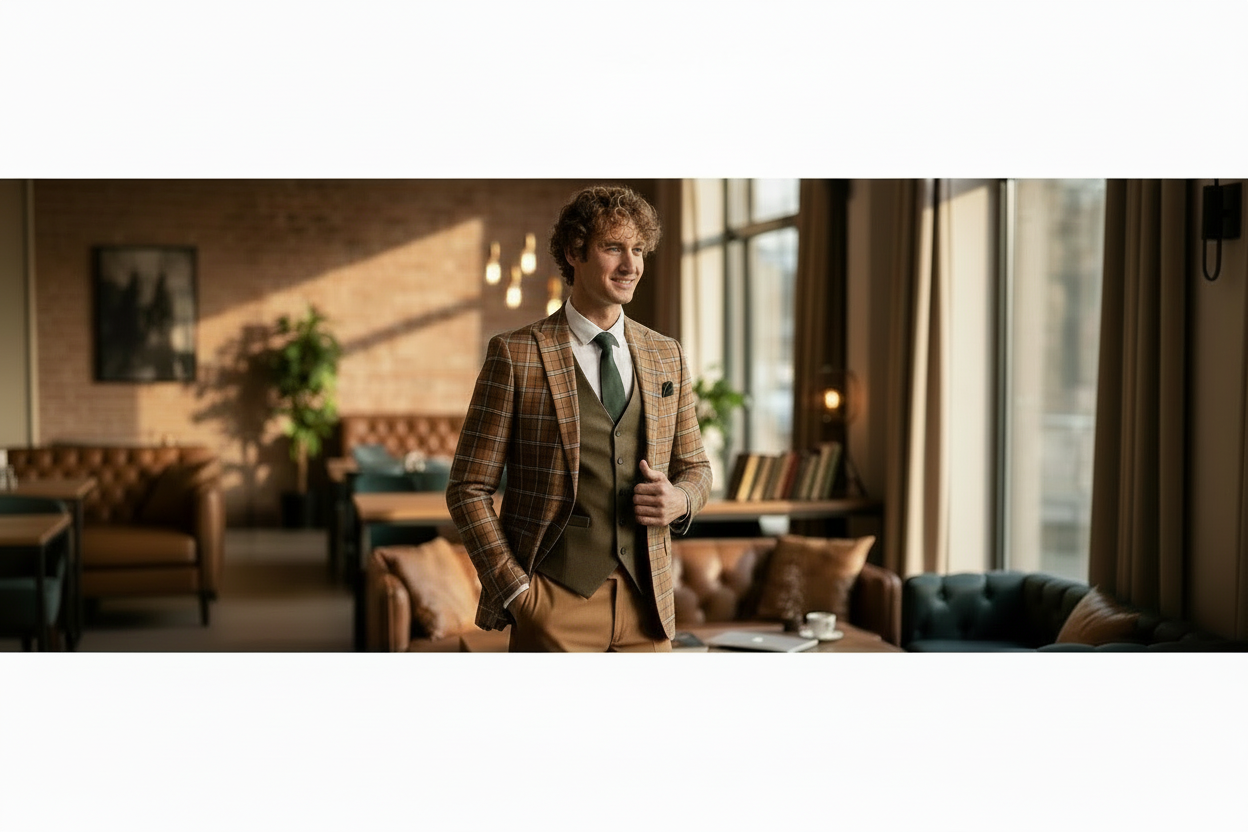
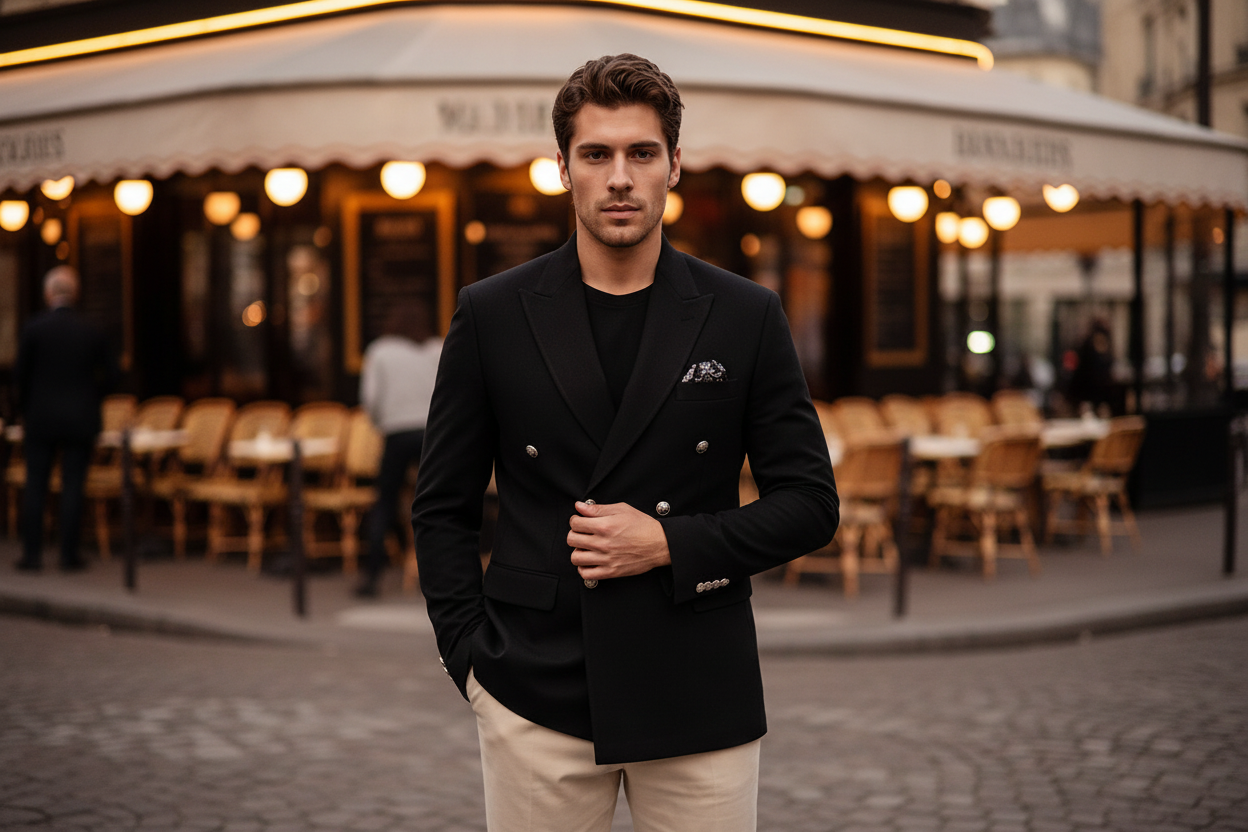
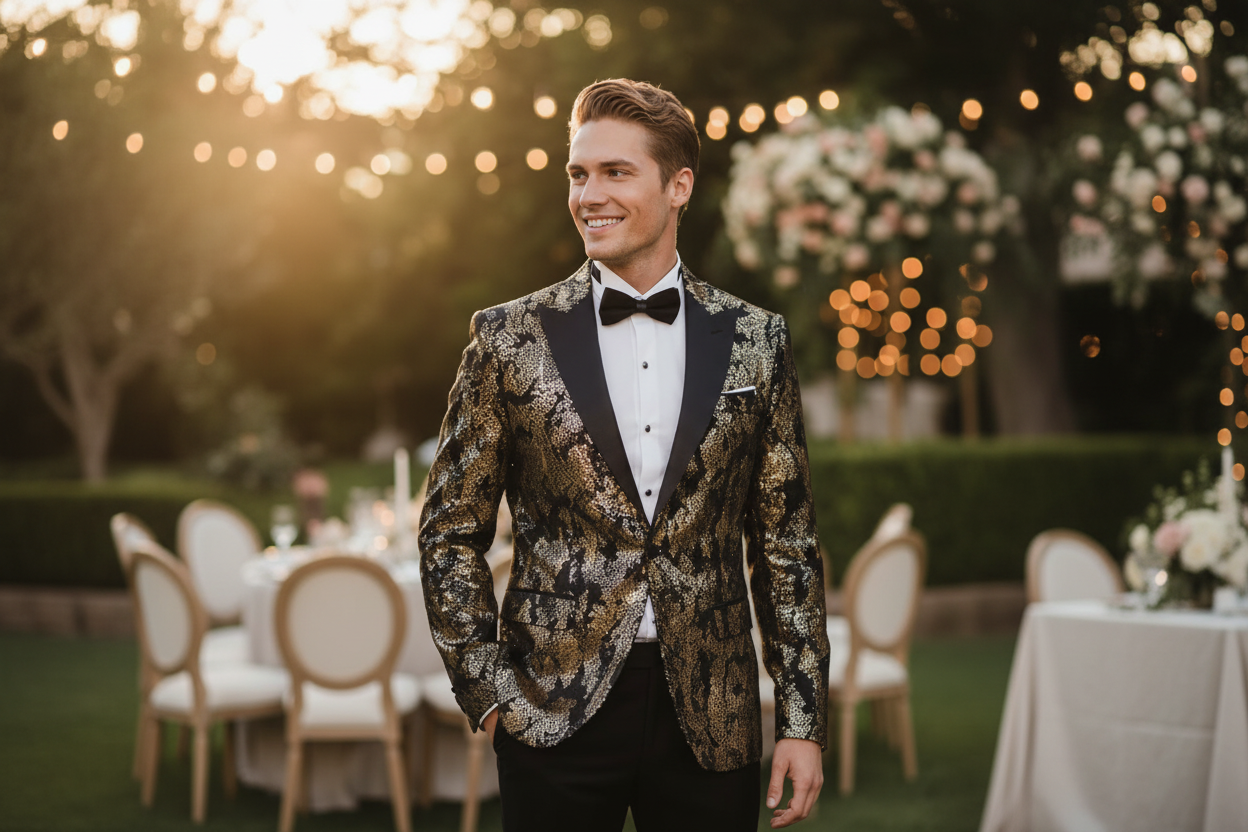
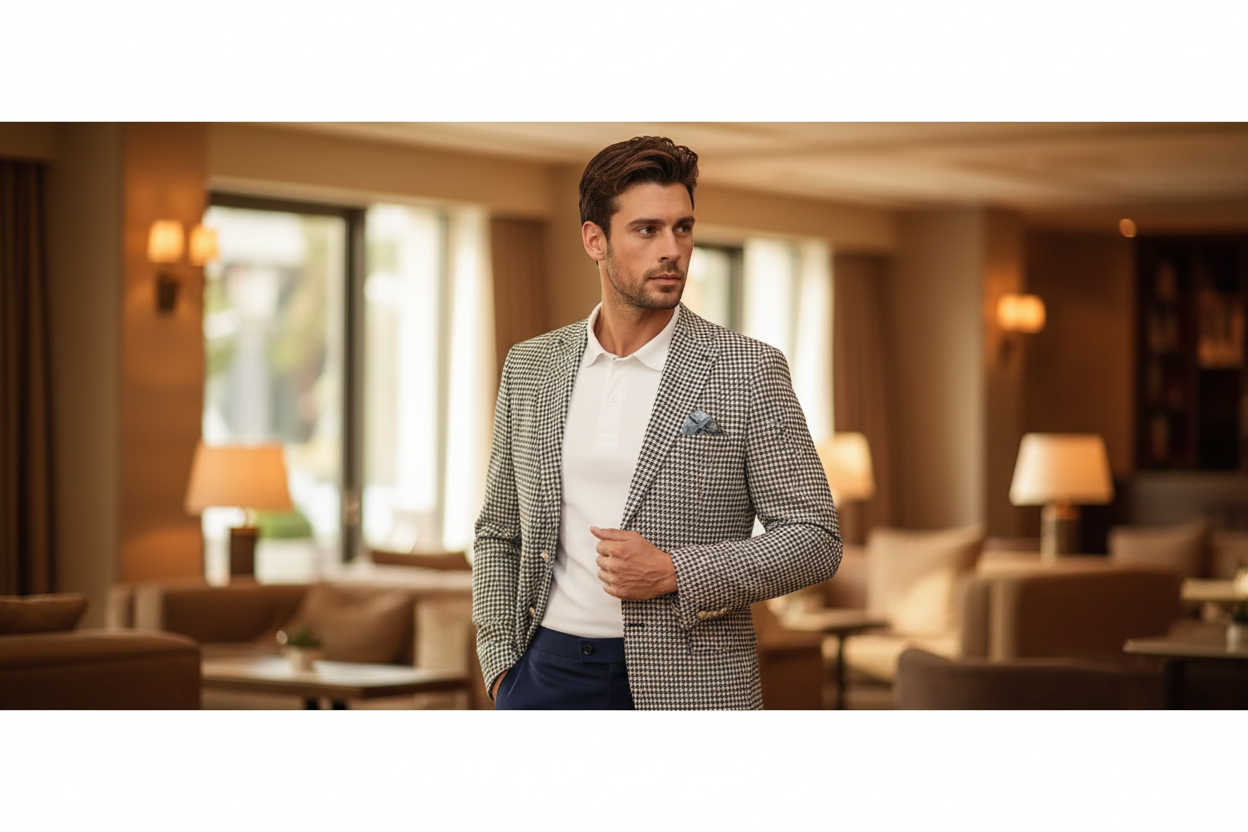
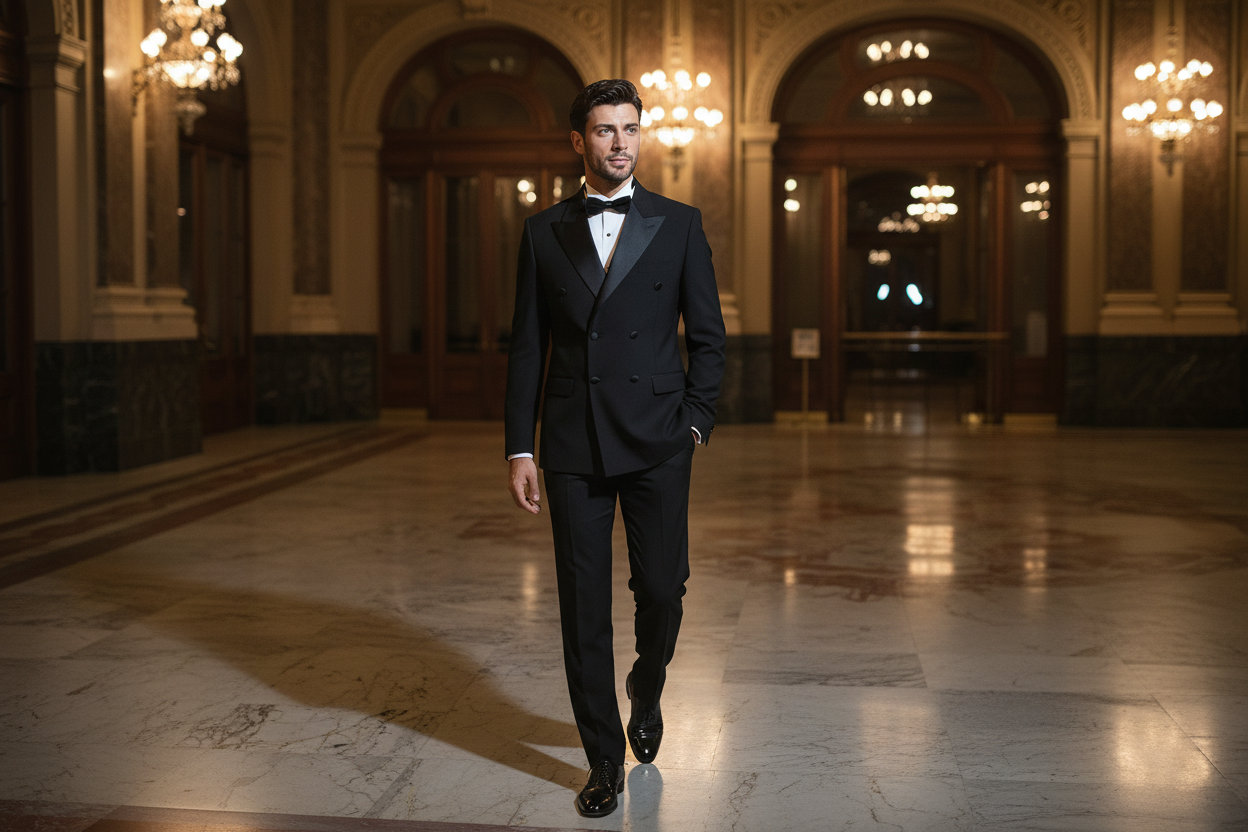

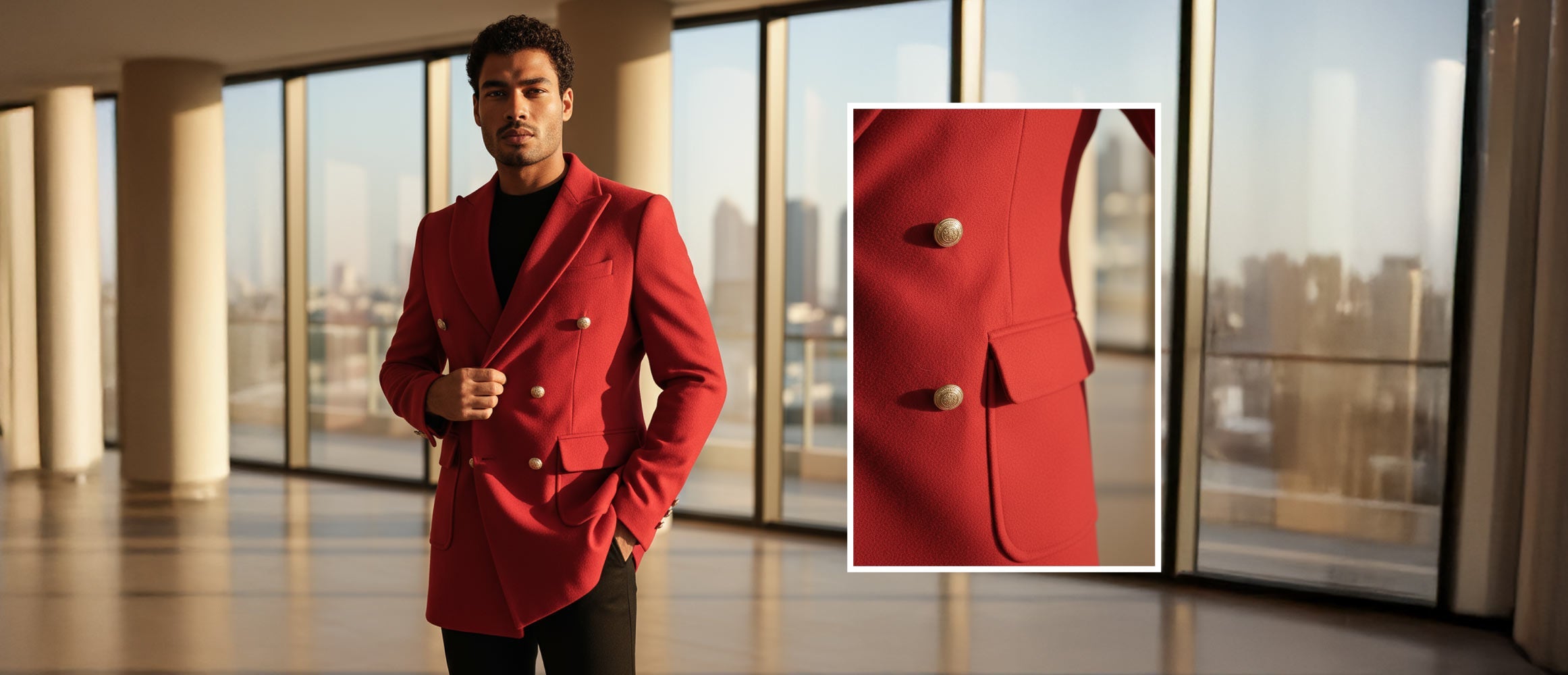
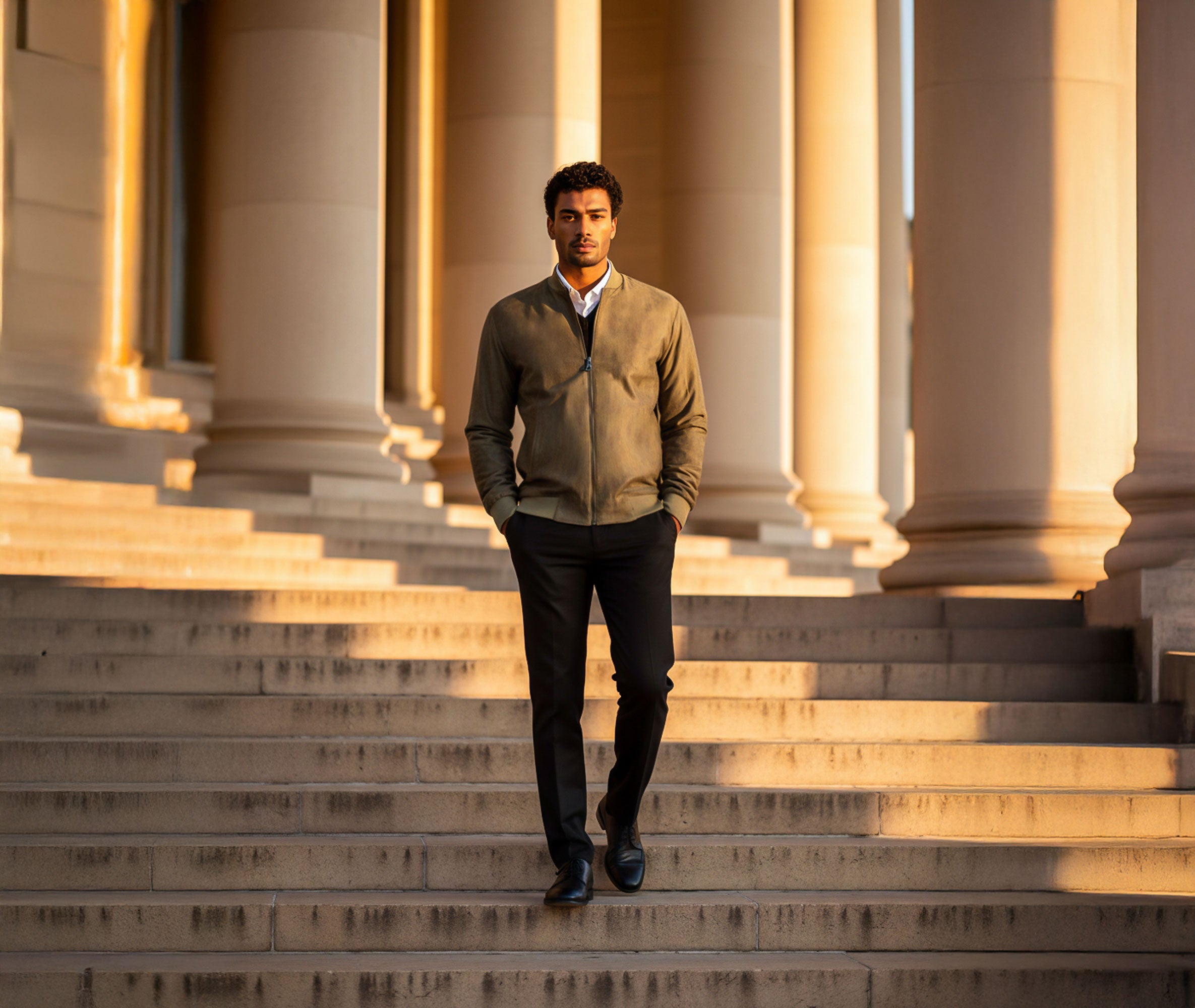







Lascia un commento